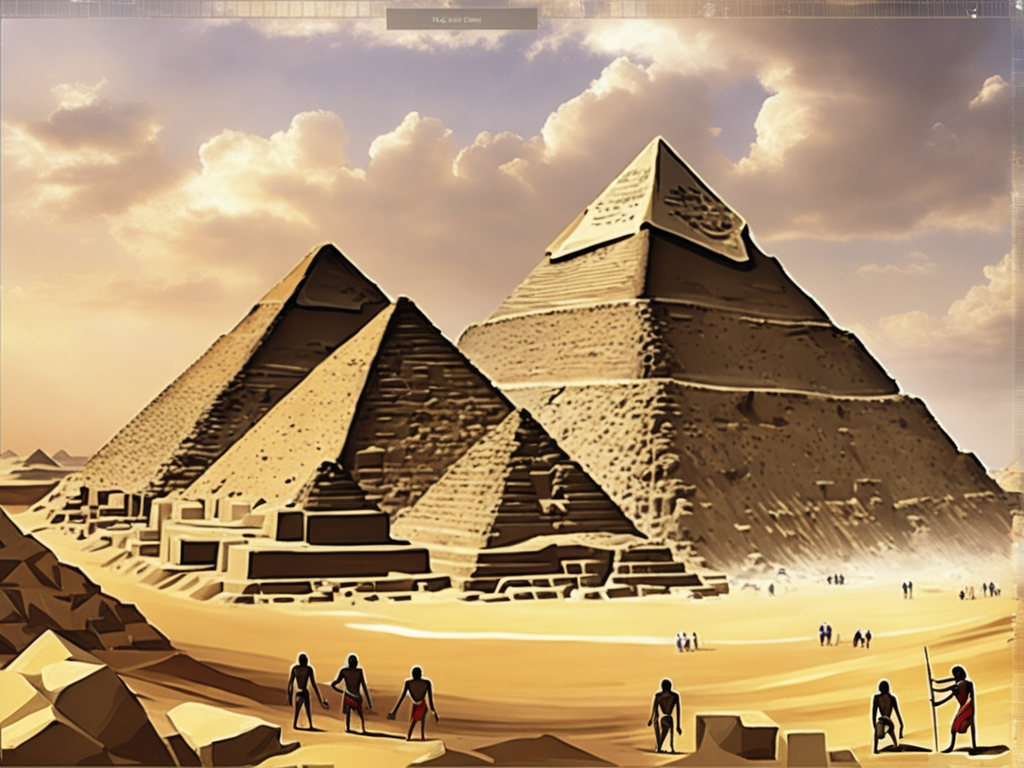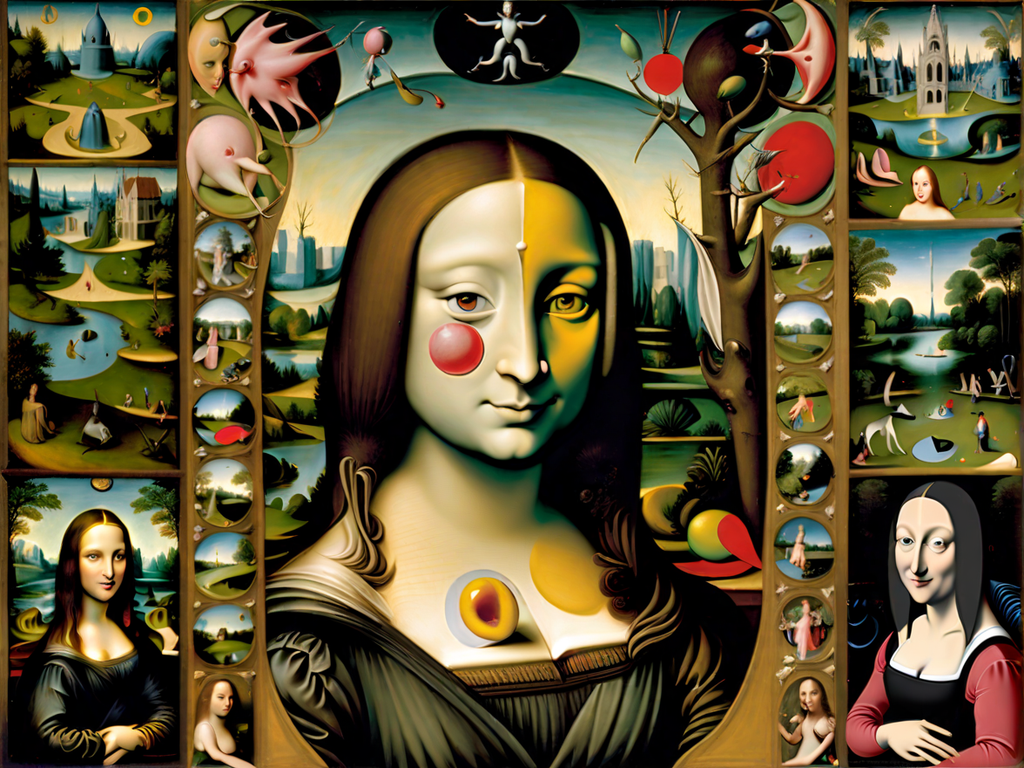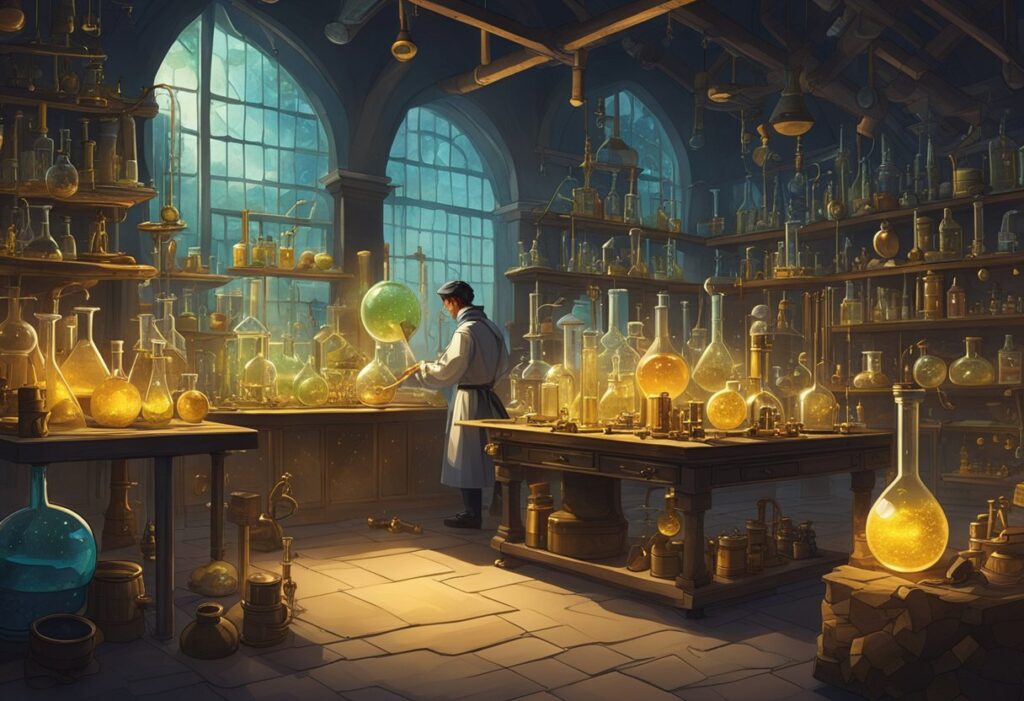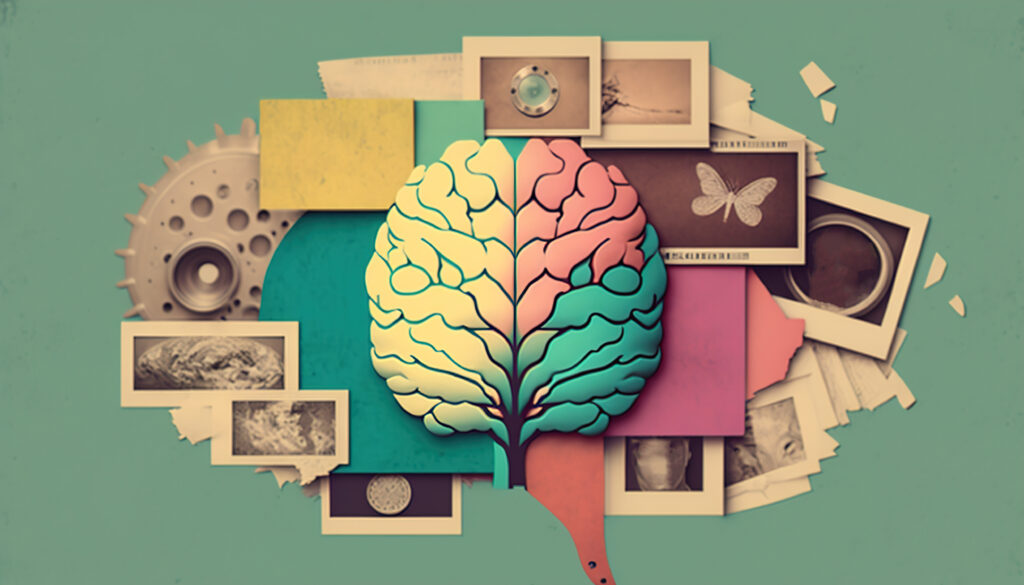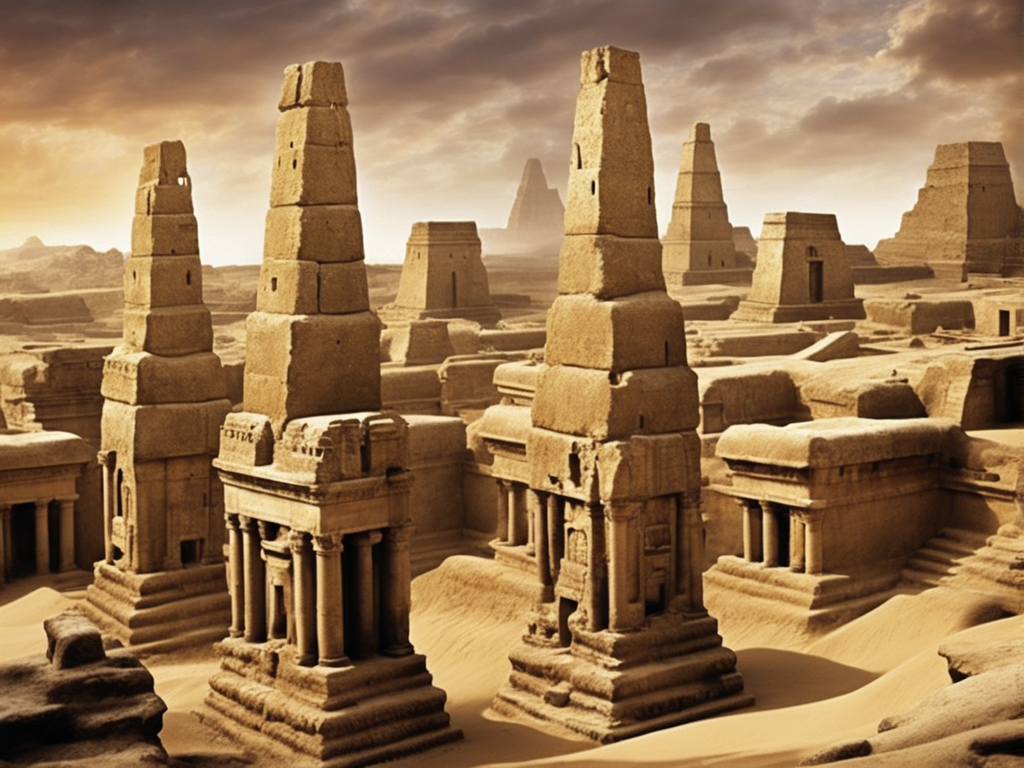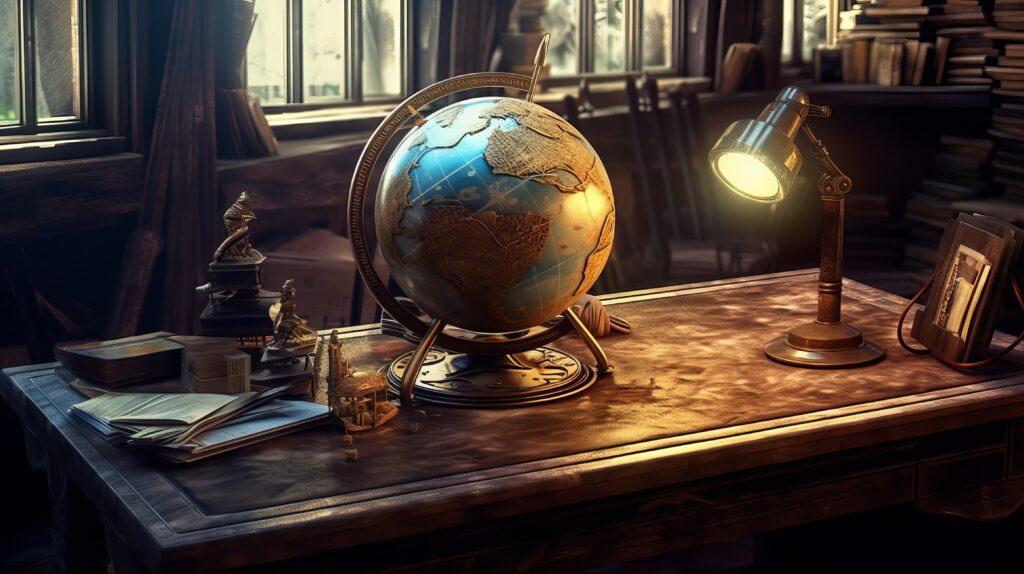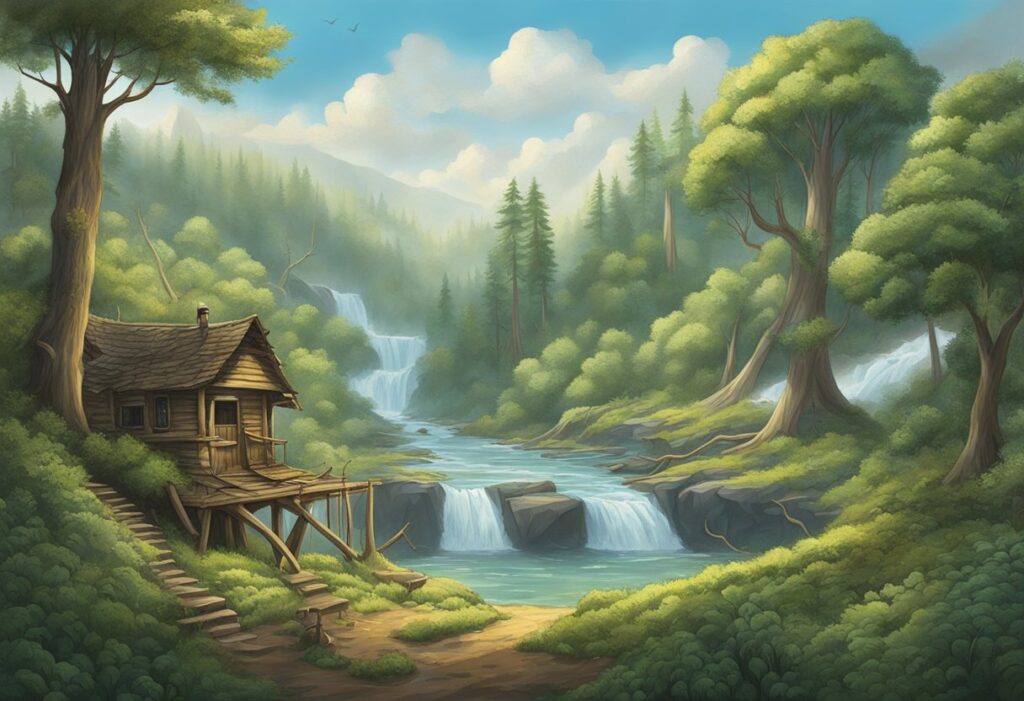Hidden Histories: The Untold Stories of Ancient Artifacts
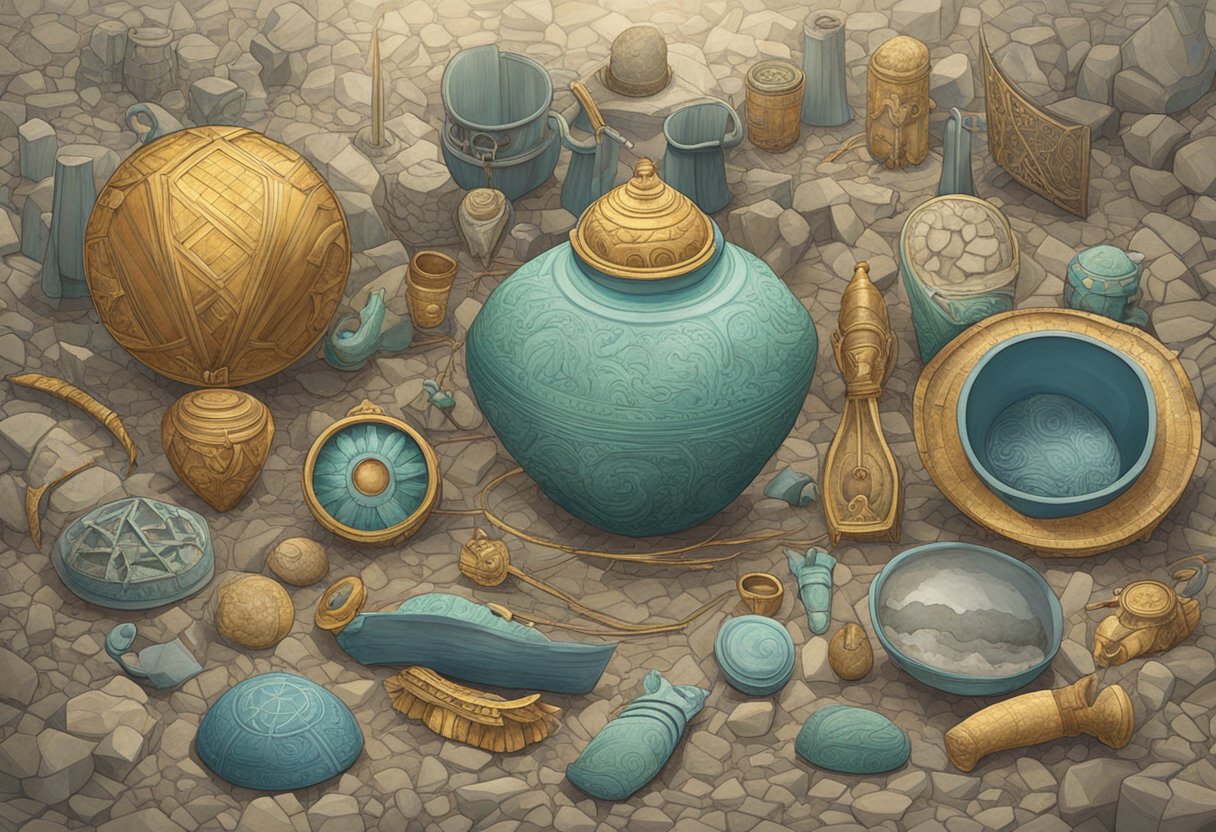
Ancient artifacts have always been a source of fascination for people. They offer a glimpse into the lives of those who came before us and provide a tangible connection to our past. However, many of these artifacts have hidden histories that are often overlooked or forgotten. These untold stories can reveal a great deal about the people who created them and the times in which they lived.
From ancient pottery and jewelry to weapons and tools, every artifact has a story to tell. Some of these stories are well-known, while others have been lost to time. By exploring the hidden histories of these artifacts, we can gain a deeper understanding of the people who created them and the cultures they belonged to. We can also gain insight into the social, political, and economic forces that shaped their lives.
This article will delve into some of the most fascinating hidden histories of ancient artifacts from around the world. By shining a light on these untold stories, we hope to inspire a greater appreciation for the rich cultural heritage of our planet and the importance of preserving it for future generations.
Unearthing the Past
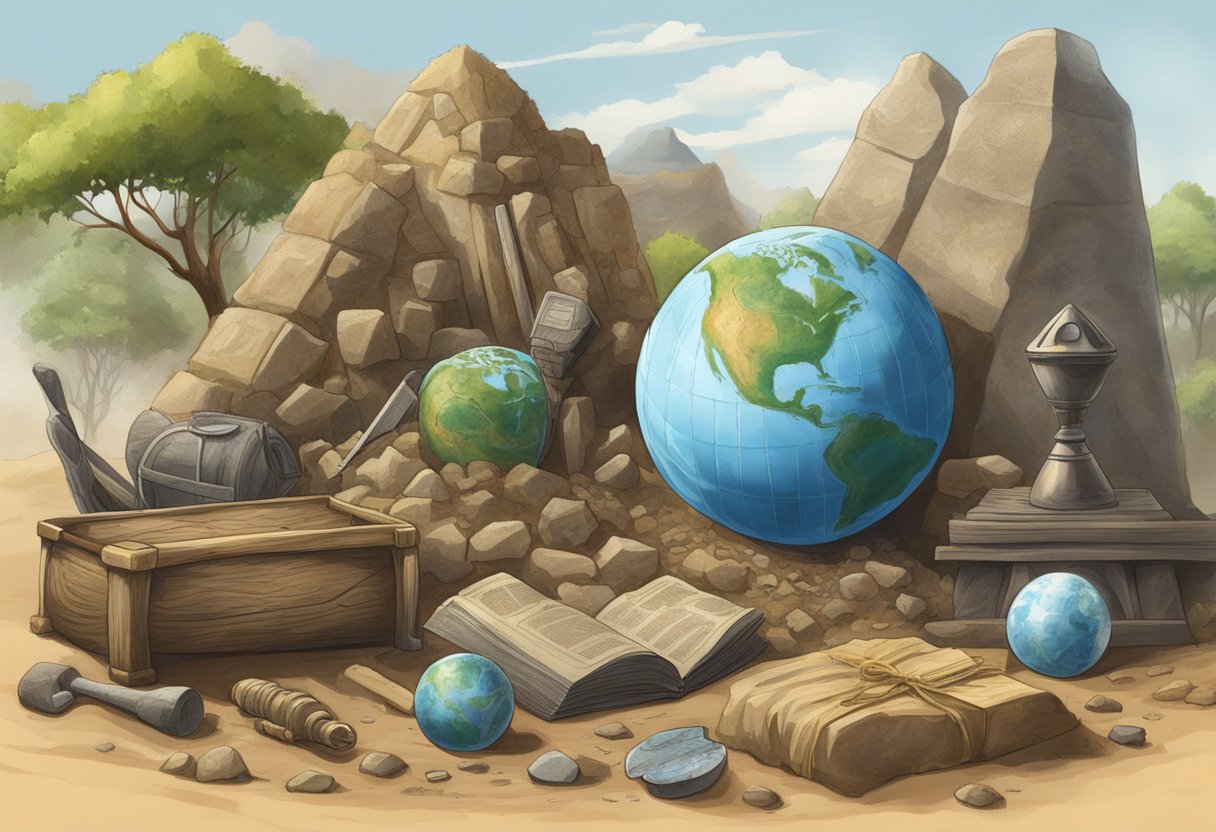
Archaeology is the study of human history through the excavation and analysis of artifacts, structures, and other physical remains. Archaeologists use various tools to uncover hidden histories, including shovels, trowels, brushes, and sieves. They also use technology such as ground-penetrating radar and drones to aid in their research.
Archaeologists and Their Tools
Archaeologists rely heavily on their tools to carefully remove layers of soil and debris to uncover artifacts. Shovels and trowels are used to dig and scrape away dirt, while brushes are used to gently remove smaller particles. Sieves are used to sift through soil to find small objects that may have been missed during excavation.
Significant Archaeological Discoveries
Over the years, archaeologists have made many significant discoveries that have shed light on the past. One such discovery is the Nazca lines in Peru, which are a series of ancient geoglyphs that were created between 500 BCE and 500 CE. These lines can only be seen from above and their purpose remains a mystery.
Another significant discovery is the Rosetta Stone, a stone tablet discovered in 1799 that helped scholars decipher ancient Egyptian hieroglyphs. The stone is inscribed with a decree issued at Memphis in 196 BCE on behalf of King Ptolemy V.
These discoveries and many others like them have helped historians and researchers gain a better understanding of ancient civilizations and the mysteries that surround them.
Art and Artistry of Ancient Civilizations
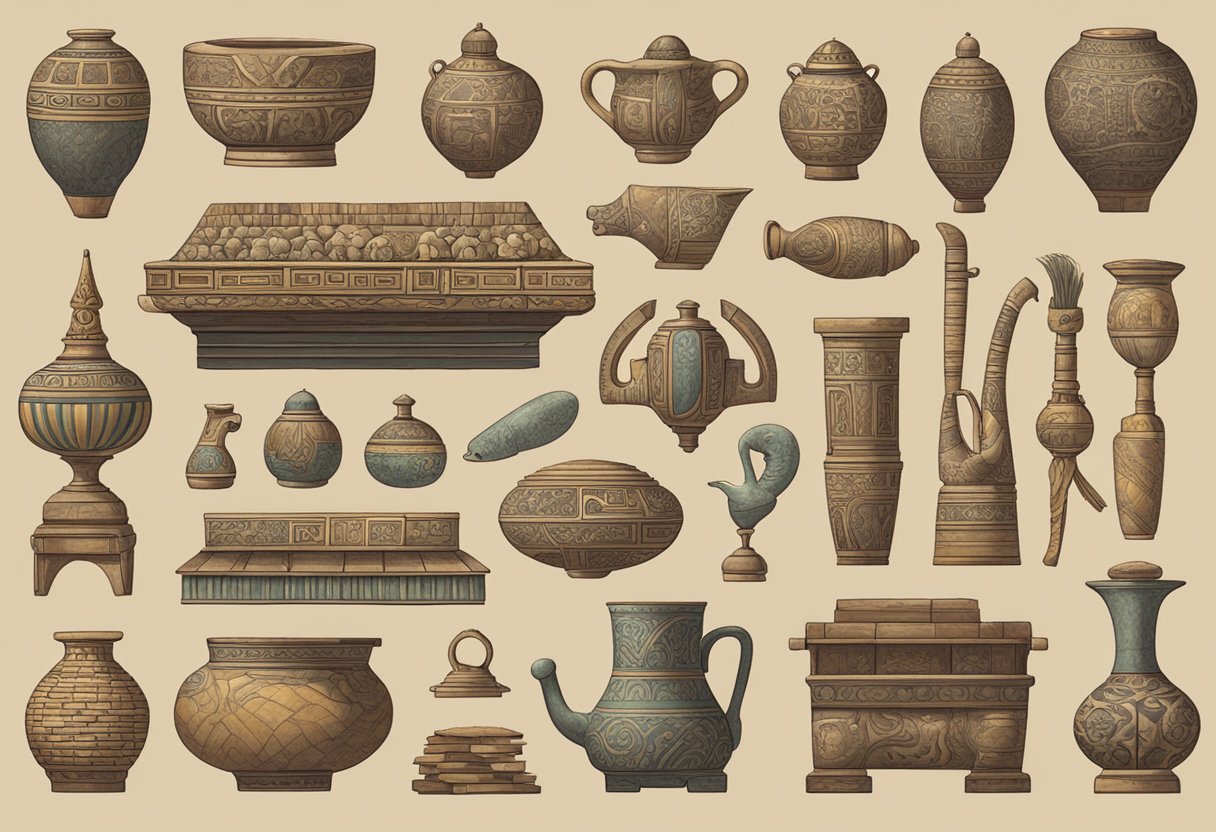
Masterpieces of the Ancient World
Ancient civilizations produced some of the most remarkable artworks in history. From rock art to cubist paintings, their masterpieces have stood the test of time and continue to inspire awe and wonder in people today. Some of the most famous masterpieces of the ancient world include the bronze sculptures of ancient Greece, the pottery of ancient China, and the gold artifacts of ancient Egypt.
The Artists and Their Techniques
The artists of ancient civilizations were skilled craftsmen who used a variety of techniques to create their masterpieces. For example, the ancient Greeks used the lost-wax casting method to create their bronze sculptures, while the ancient Egyptians used a technique called repoussé to create their gold artifacts.
Some of the most famous artists of the ancient world include the Roman dagger maker who created the famous Roman dagger, Pablo Picasso who was a cubist painter, Jacob Lawrence who was known for his portrayal of African American life, and Albrecht
Dürer
who was a famous Baroque artist.
Overall, the art and artistry of ancient civilizations continue to fascinate and inspire people today. The holy family is one of the most common themes in ancient art, and it is still depicted in many artworks today.


